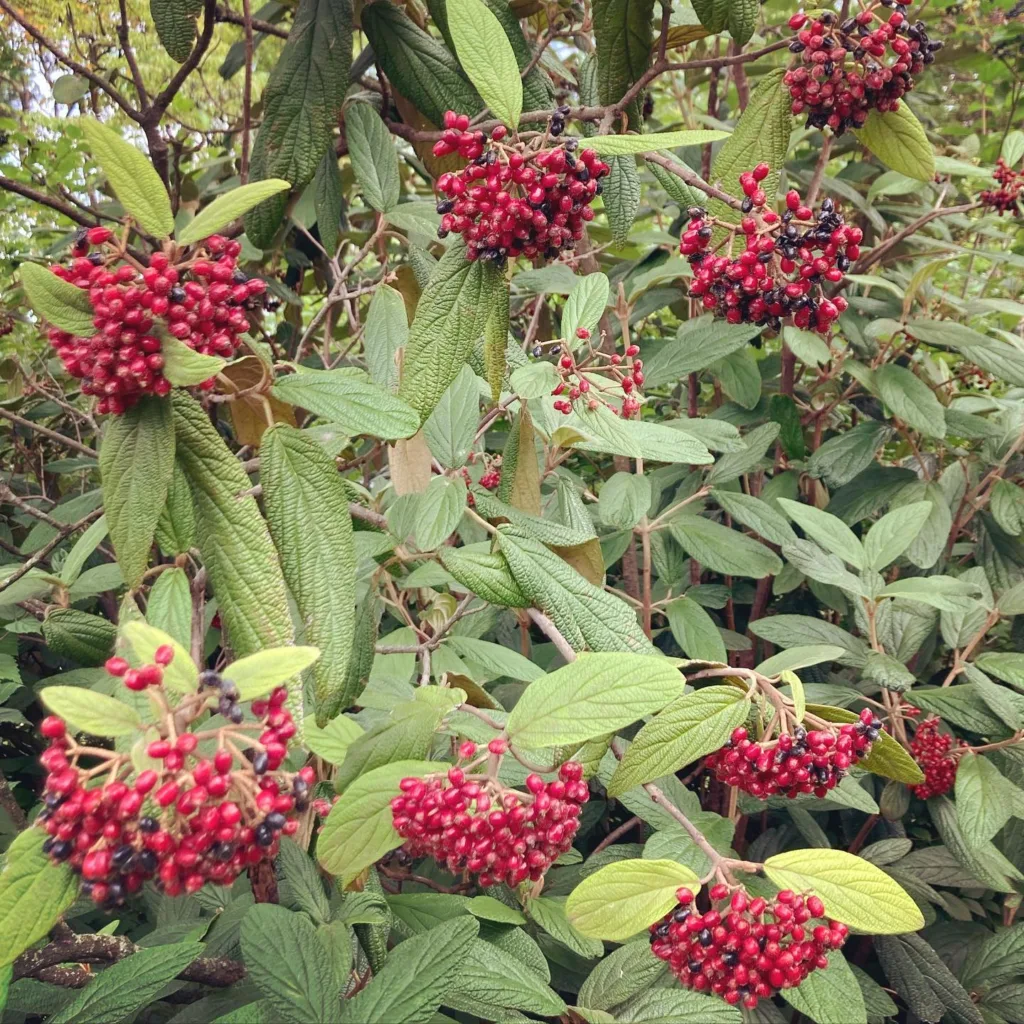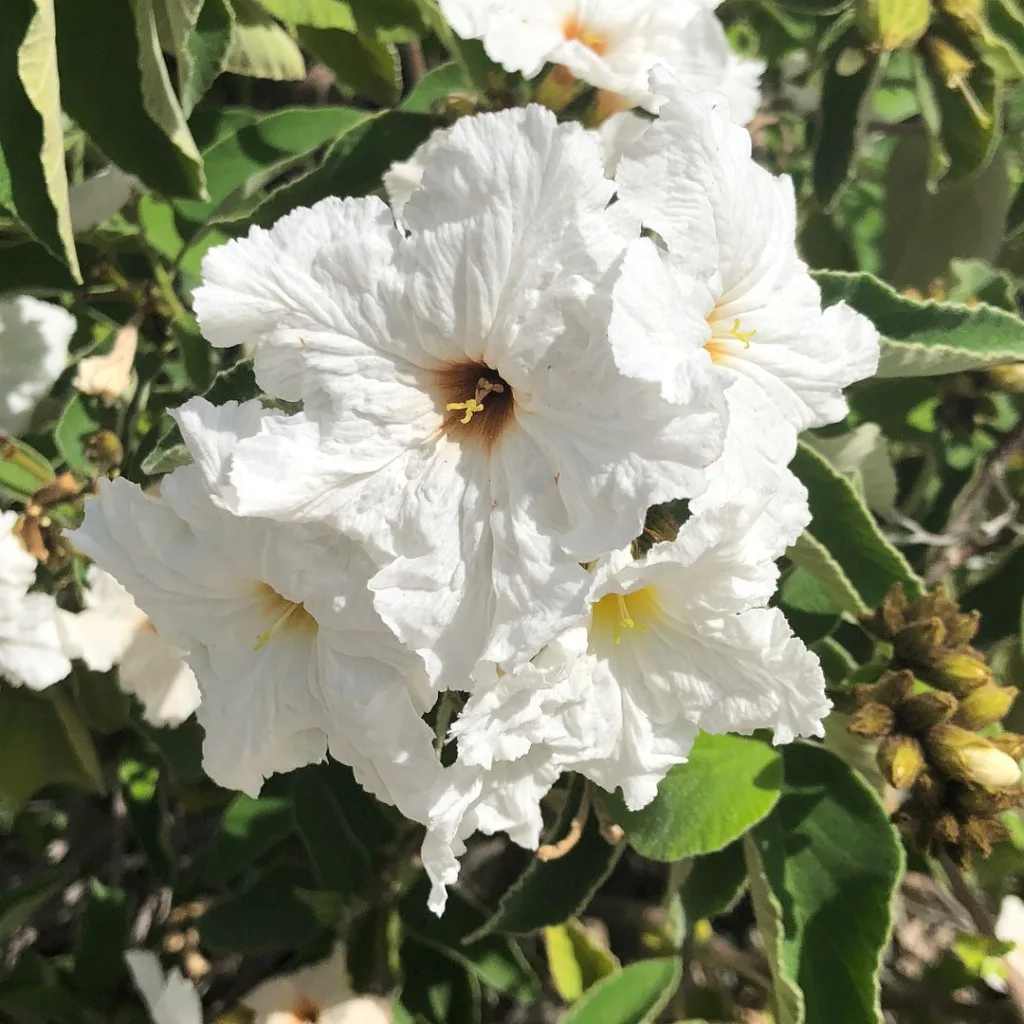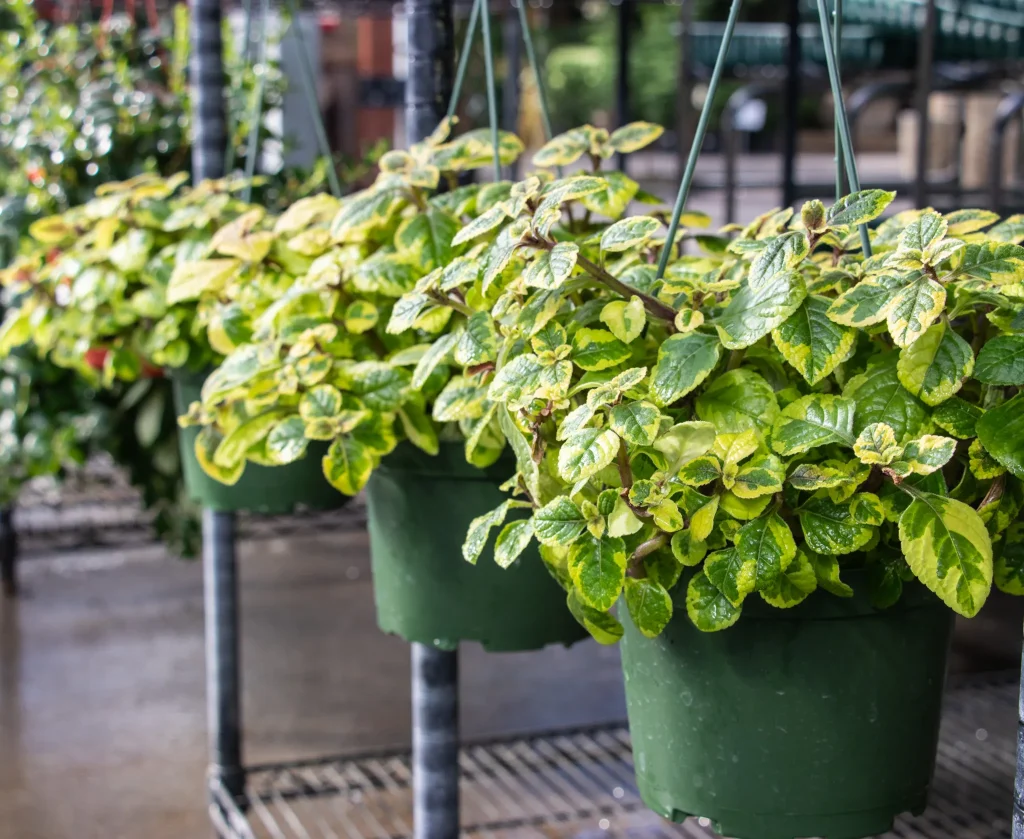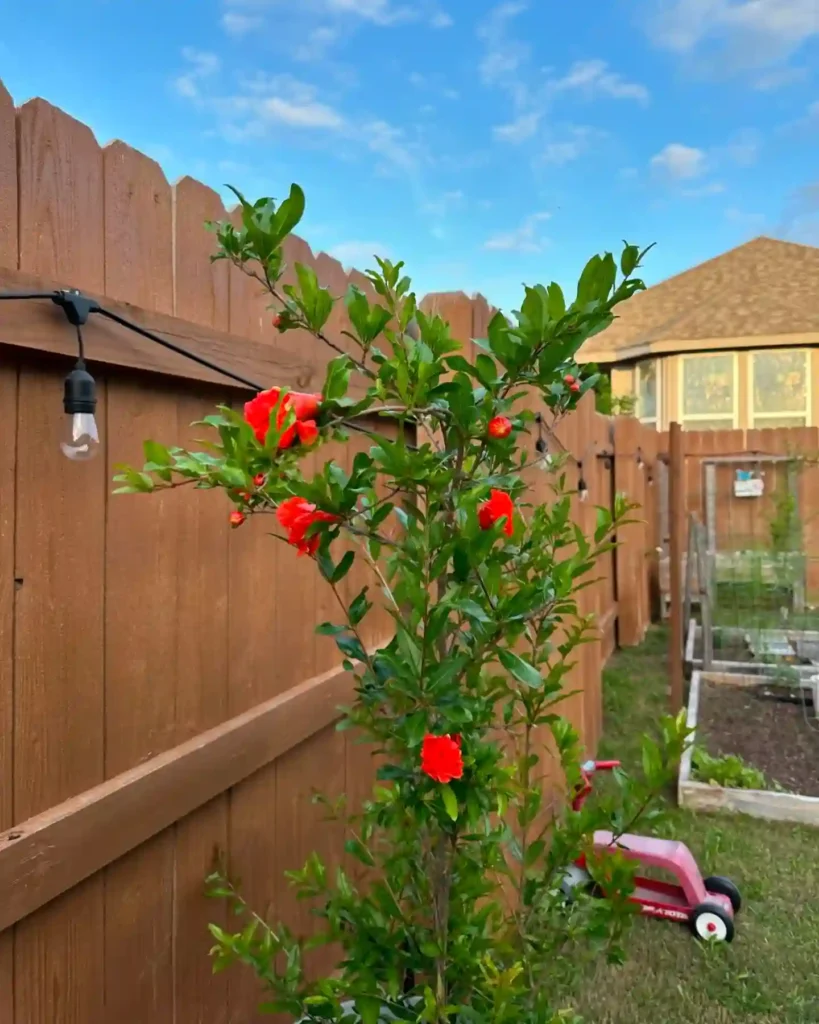Scilla Forbesii: Your Comprehensive FAQ Guide
Scilla Forbesii is a delightful addition to any garden, boasting striking blue flowers that can bring a splash of color to your spring landscape. Having grown this charming plant for several seasons, I’ve gathered a range of insights that should help you make the most of it in your own garden. Here’s a detailed FAQ guide that answers all the common questions about Scilla Forbesii.
87 Species in Genus Scilla
When to Plant Scilla Forbesii?
One of the most frequent questions I get about Scilla Forbesii is about the best time to plant it. The ideal planting time for Scilla Forbesii is in the fall, specifically from September to November. This timing allows the bulbs to establish their roots before the winter frost arrives. Planting in fall also ensures that the bulbs will have enough time to acclimate and prepare for a vibrant spring bloom. If you miss the fall window, you can plant in early spring, but your blooms may be less robust and delayed.
How to Care for Scilla Forbesii?
Caring for Scilla Forbesii is relatively straightforward. This plant thrives in well-draining soil and prefers a sunny to partially shaded spot. I’ve found that a location with morning sun and afternoon shade works particularly well. Make sure the soil is rich in organic matter to support healthy growth. Water the plant regularly, but avoid waterlogging, as this can lead to bulb rot. Once the blooms have faded, you can cut back the foliage to keep your garden tidy, but let the leaves die back naturally to allow the bulbs to store energy for the next season.
How to Propagate Scilla Forbesii?
Propagating Scilla Forbesii is a rewarding process. The easiest method is by dividing the bulbs. After the foliage has died back, gently lift the bulbs from the soil. Separate the bulbs, ensuring each has a few roots attached, and replant them in a new location. You can also propagate through offsets, which are smaller bulbs that develop around the main bulb. This method works well if you want to expand your Scilla Forbesii collection or share with friends.
What to Plant With Scilla Forbesii?
Scilla Forbesii pairs beautifully with a variety of other plants. I like to plant them alongside other spring bloomers like Crocuses and Daffodils, which complement their early spring display. You can also combine them with ground covers like Creeping Jenny or Ajuga to fill in the spaces between the bulbs and provide a lush, green backdrop once the flowers have finished blooming.
Can You Grow Scilla Forbesii Indoors?
While Scilla Forbesii is primarily an outdoor plant, it is possible to grow it indoors, though it’s a bit tricky. If you want to try growing it indoors, you’ll need a cool, well-lit environment. Use a pot with good drainage and place it in a spot that receives plenty of indirect sunlight. Keep the soil moist but not soggy. Indoor growth may not be as vigorous as outdoor plants, and you might not get the same vibrant blooms, but it’s a fun experiment if you have the right conditions.
Is Scilla Forbesii Toxic?
Scilla Forbesii is not considered highly toxic, but it’s always wise to be cautious. While the plant is not known for severe toxicity, consuming parts of it can cause mild digestive upset. It’s a good idea to keep it away from pets and small children who might be tempted to taste it. In general, it’s best to handle all plants with care and educate family members about not eating unknown plants.
Benefits of Scilla Forbesii
The primary benefit of Scilla Forbesii is its stunning appearance. Its bright blue flowers add a vibrant touch to any garden in early spring. Additionally, this plant is low-maintenance and hardy, making it an excellent choice for gardeners who want color with minimal effort. It also attracts pollinators like bees, contributing positively to the garden ecosystem.
Common Problems with Scilla Forbesii
One common problem with Scilla Forbesii is bulb rot, usually caused by overwatering or poorly draining soil. To avoid this, ensure proper drainage and avoid waterlogging. Another issue can be pests like aphids or snails, which may occasionally target the foliage. Regular inspection and prompt treatment with appropriate methods can help keep these problems under control.
How Does Scilla Forbesii Compare to Similar Plants?
Scilla Forbesii is often confused with other Scilla species or similar bulbs like Chionodoxa. While both produce blue flowers, Scilla Forbesii generally has smaller, more delicate blooms compared to the larger, more robust flowers of Chionodoxa. Additionally, Scilla Forbesii tends to be more tolerant of different soil conditions, making it a versatile choice for various garden settings.
By understanding these aspects of Scilla Forbesii, you can ensure a thriving, beautiful display in your garden. Whether you’re planting it for the first time or looking to enhance your existing collection, these tips should help you achieve the best results. Happy gardening!
If i die, water my plants!



